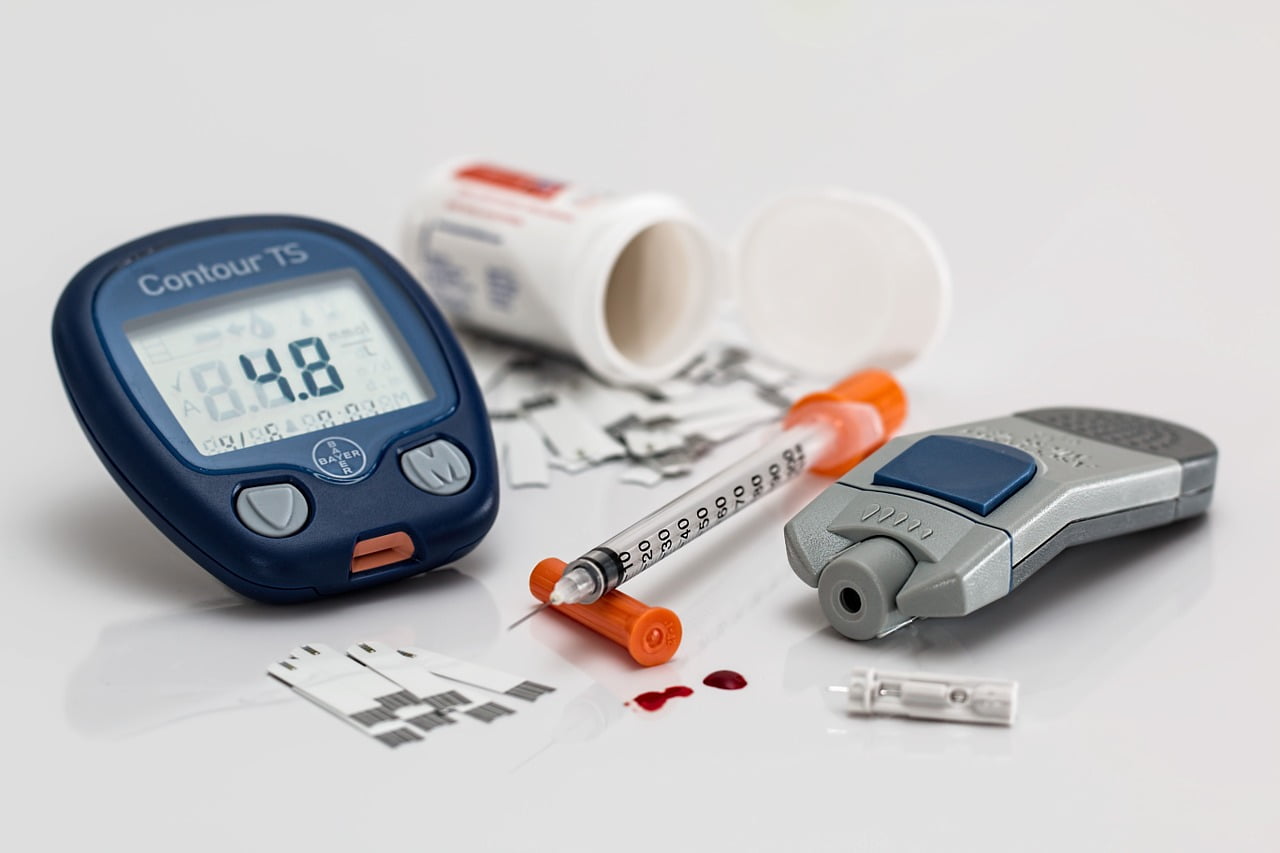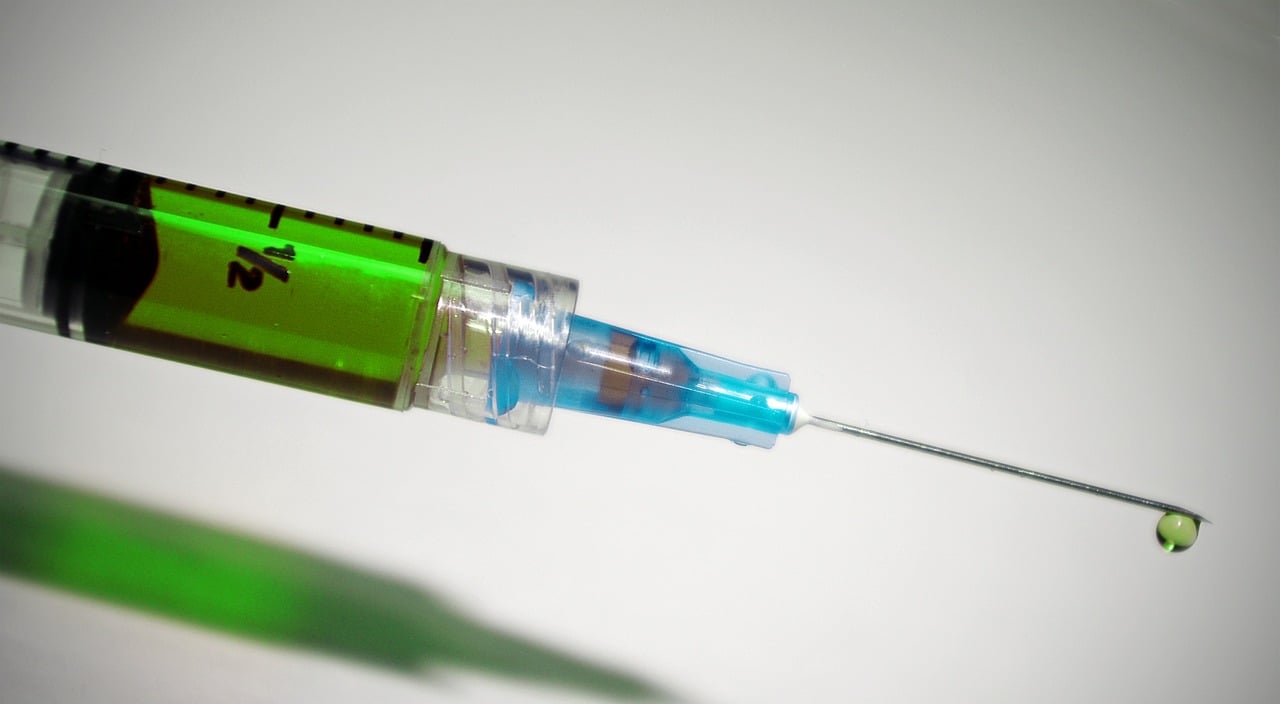A new study is showing that use of marijuana by Colorado kids is on the rise since legalization with a portion of this use being chalked up to accidental ingestion.
Expected numbers from Colorado’s legalization of marijuana
“No mom, I wasn’t smoking pot, the results of blood test must reflect my accidental use of the drug and that’s hardly my fault.” Yeah, that really wouldn’t have worked around parents’ house in the mid and late eighties. The fact is, I knew exactly what I was doing and that excuse would have been believed almost as much as Bill Clinton’s “I have smoked marijuana, but I didn’t inhale” nonsense ahead of his first run for the presidency of the United States.
However, according to a new study, this could apparently be used as a legitimate excuse in the state of Colorado after legalization of marijuana for recreational use in 2014. Researchers involved in the study point out that in 2009 there were nine telephone calls made to a Denver area poison control center regarding the accidental ingestion or inhaling marijuana by kids.
That number was significantly higher in 2015, when 47 such calls were made to the same poison control center. While I firmly believe that a number of those were not “accidents,” it is a significant rise of over five times in as many years.
“We anticipated that the rate would likely go up” following the legalization of cannabis for recreational used said study co-author Dr. Genie Roosevelt, a pediatrician at Denver Health Medical Center. “What we didn’t anticipate is how much it was going to go up.”
In addition to the number of calls made to the poison control center over marijuana exposure from 2009 to 2015, the study also looked at the number of hospital evaluations kids under 10 underwent in the same period of time for marijuana exposure. While I made light of these “accidents” earlier, I’ll rein that back a bit as the average age of the kids that went to the hospital or whose parents contacted poison control was two.
While certainly not fatal, a stoned two year old is not like a stoned cat, it’s just not funny. (And no, I’ve never gotten my cat stoned on purpose, but I did once own a cat that clearly knew what is was doing when it put its face in a stream of smoke being exhaled. That cat was a proper stoner.)
The study was published today in the journal JAMA Pediatrics and showed that in the two years prior to legalization that hospital visits for marijuana exposure was 1.2 per 100,000 children while in the two years since legalization that number rose to 2.3 per 100,000 children. It should be noted that Colorado allowed legal medical use for years prior to legalization and that’s hardly a difficult prescription to have written by a doctor.
Where are the kids getting all this pot?
Not surprisingly, two year-old kids aren’t going down to their local dispensary but rather are “relying” on the irresponsibility of parents, grandparents, babysitter, neighbors and others.
Again, to stress the seriousness of keeping weed away from two-year-old kids, while most cases were simply a matter of vomiting, there were a handful of breathing problems being treated as a well as a few cases where exposure led to seizures. Smoke all the pot you want, just keep it away from your kids and keep yourself from the driver’s seat of your car.
Most kids of the ages studied can’t roll a joint, so it’s hardly a shock that most cases involved edible marijuana products like cookies and lollypops among others. The edibles in question appear “very similar to regular food products, and they can be very enticing to kids, with bright colors and bright packaging,” Roosevelt said



